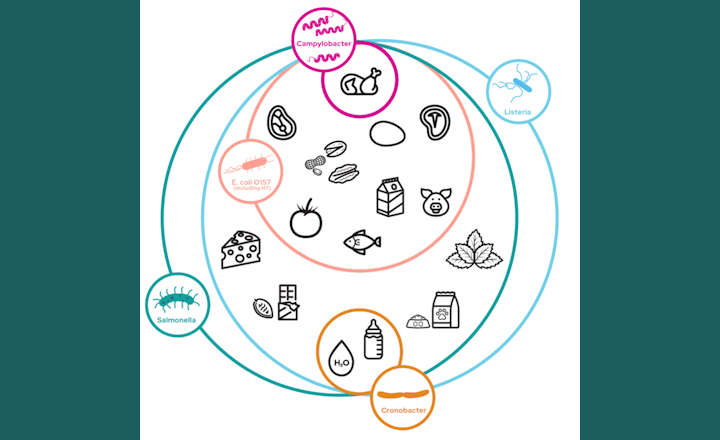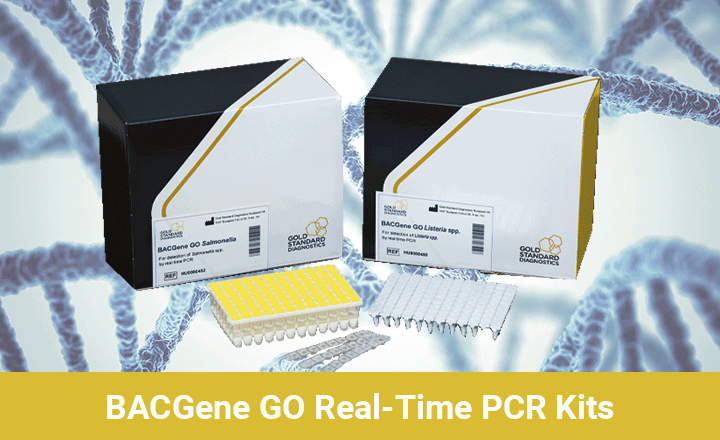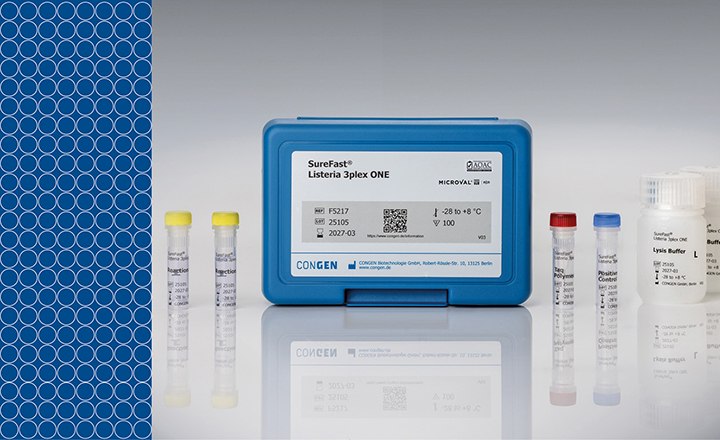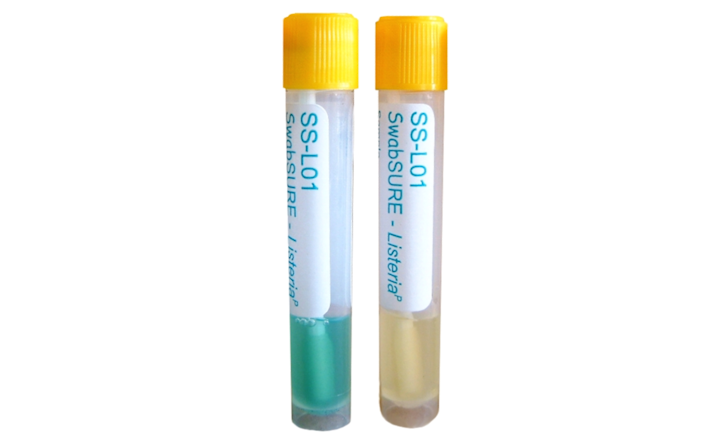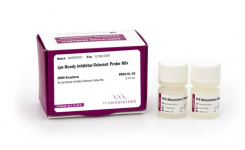Listeria monocytogenes is a problematic foodborne pathogen well-known by the food industry. This bacterium is able to easily resist environmental stresses, with certain strains remaining viable in the food processing environment for months and years. How can such microorganism survive after strict cleaning procedures? Researchers from the Institute of Milk Hygiene (Vetmeduni Vienna) have discovered that this ability is due to two strain-specific gene whose products act against the stresses created in the food processing environment.
The resilience of this Gram-positive bacterium relies on its adaptability and on the presence of resistance islets, groupings of genes, in hypervariable regions of its genome. These islets contain genes whose activation is associated with resistance to environmental stresses. Namely, the Stress Survival Islet-1 (SSI-1) is linked to tolerance against acidic, bile salt and gastric stresses. Thus, understanding these genes is critical to design procedures that can limit the colonization capabilities of L. monocytogenes.
Researchers from Vetmeduni Vienna focused their investigation on areas of the genome around the SSI-1 and within the hypervariable region the latter is located in. This research resulted in the discovery of two genes whose products work as functional unit to dampen environmental stresses. Specifically, the expression of these genes is found to increase when oxidative and alkaline stresses are present. Importantly, these stresses are characteristic to the food processing environment.
Functional analysis of the newly-found genes, termed Stress Survival Islet-2, revealed that the unit is formed by a transcriptional regulator and a protease. Interestingly, resistance to oxidative stress lowers considerably when the activity of the protease is dampened, but deletion of the regulator increased susceptibility to both alkaline and oxidative conditions.
Importantly, it was found that this islet is present in the genome of the L. monocytogenes ST121 strain, which tends to be present in food processing environments and on food. Clinical isolates seem not to possess these genes, which are highly conserved in the ST121 group of strains.
The striking discovery of this resistance islet and its strain-specificity sheds a light over Listeria’s survival strategies. Further understanding of the genetic processes behind the resistance mechanism will clearly help in the design of better procedures to assure safety and cleanliness of food and of the environment it is handled.







